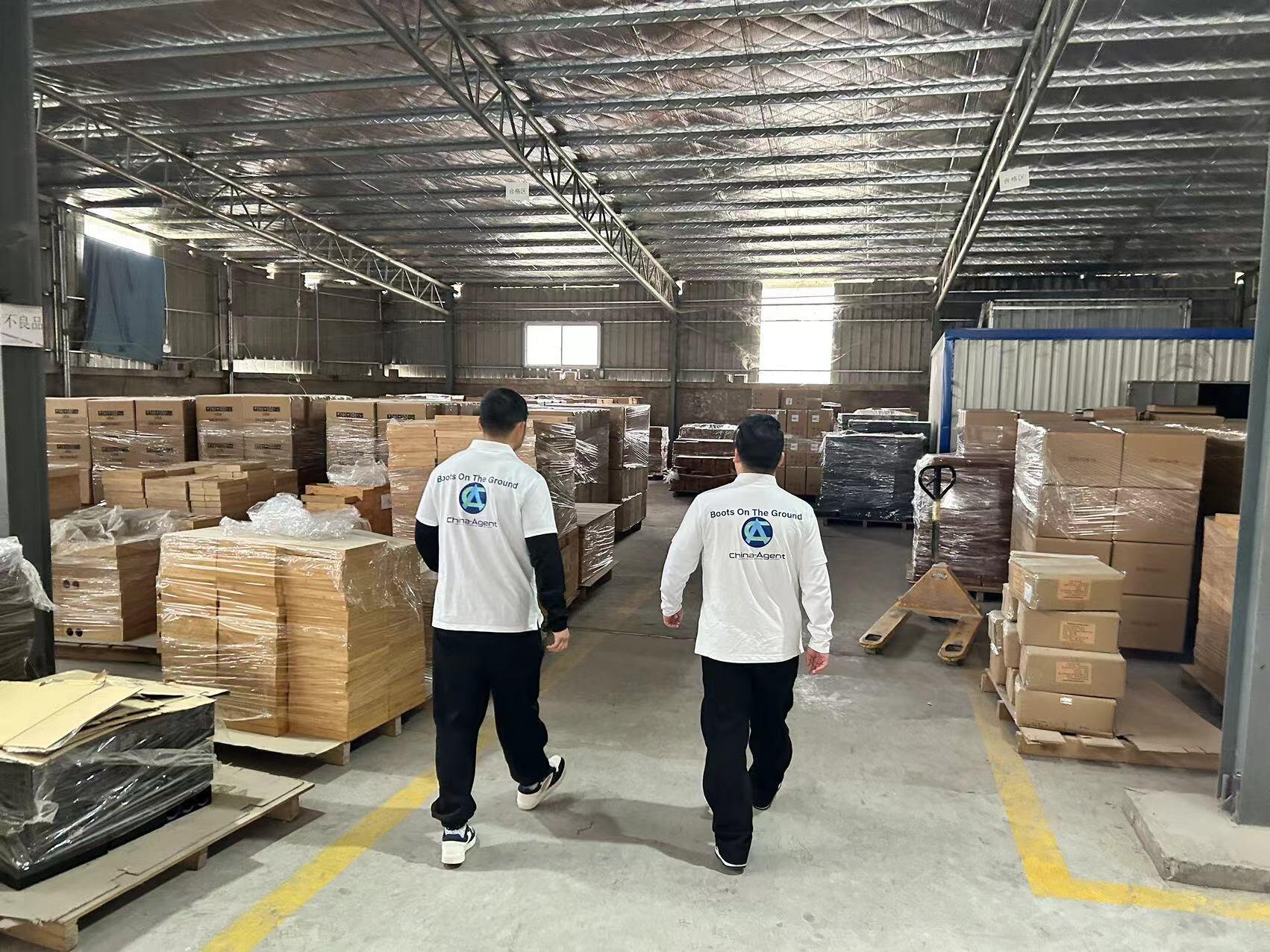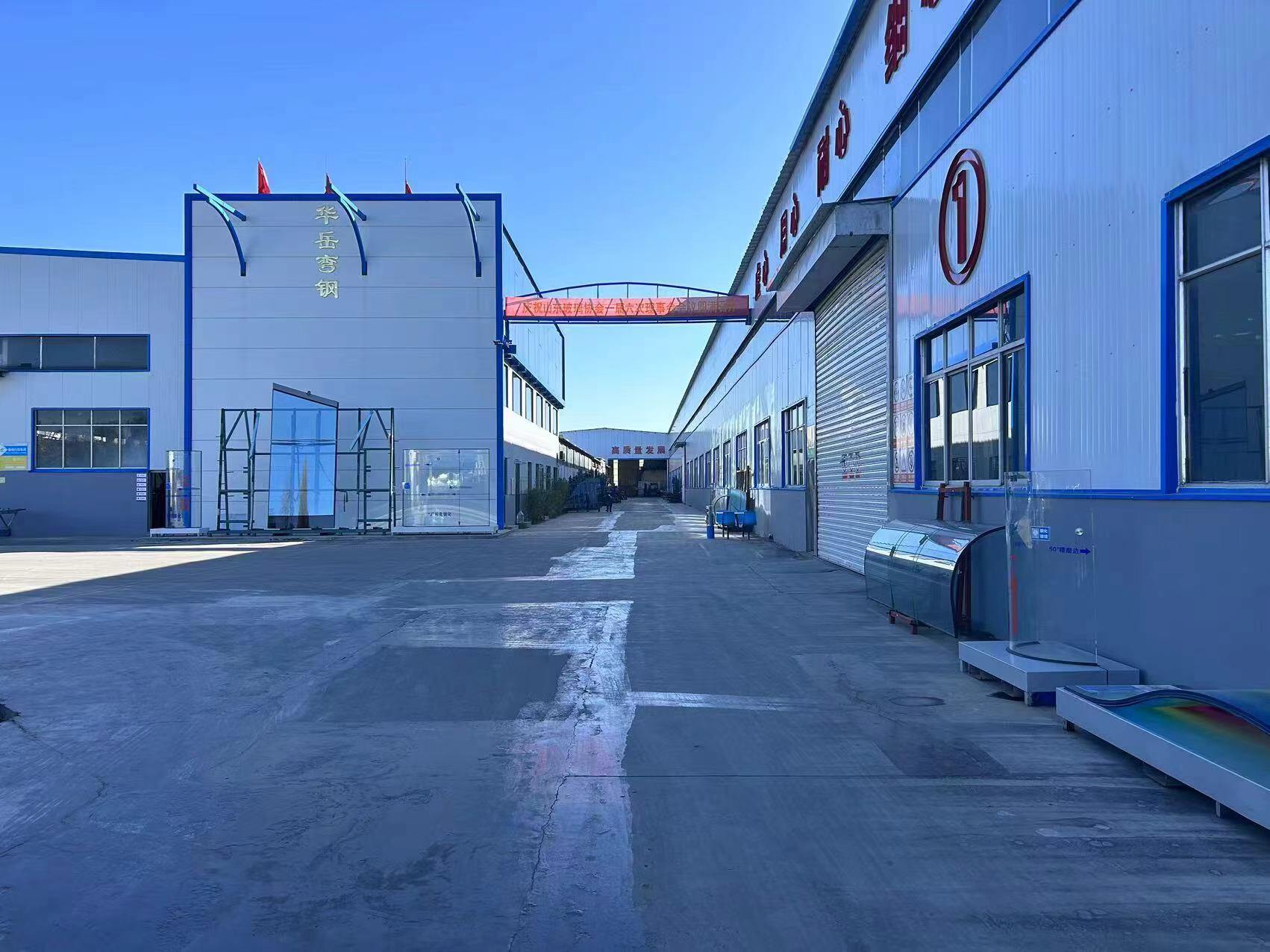Adapting to China's Labor Market Shifts: Strategies for Manufacturers
The labor market in China is undergoing significant shifts, presenting both challenges and opportunities for manufacturers. Rising wages, labor shortages, and changes in worker expectations are reshaping the landscape. This article explores these trends and offers strategies for manufacturers to adapt and thrive in this evolving environment.
Analysis of Current Labor Market Trends in China
1. Rising Wages: China's rapid economic growth has led to substantial increases in wages over the past decade. The average monthly wage in urban areas has risen consistently, putting pressure on manufacturers to adjust their cost structures. This trend is driven by several factors, including increased living standards, government policies aimed at boosting domestic consumption, and a shrinking labor force due to demographic changes (KPMG) (China Briefing).
2. Labor Shortages: The supply of young, low-cost labor, which fueled China’s manufacturing boom, is dwindling. The working-age population peaked in 2012 and has been declining since. This demographic shift, coupled with urbanization and better job opportunities in service sectors, has led to labor shortages in manufacturing hubs (United States Trade Representative).
3. Changes in Worker Expectations: Younger workers in China are seeking better working conditions, higher wages, and more opportunities for personal and professional development. This shift in worker expectations means that manufacturers must now focus on improving workplace conditions and offering competitive benefits to attract and retain talent (China Briefing).
Impact on Manufacturing Costs and Production Timelines
1. Increased Labor Costs: Rising wages directly translate to higher labor costs for manufacturers. This increase affects overall production costs, which can impact profit margins and pricing strategies.
2. Production Delays: Labor shortages can lead to production delays and disruptions. When factories are unable to operate at full capacity due to a lack of workers, it can result in missed deadlines and increased lead times, affecting supply chain reliability and customer satisfaction.
3. Need for Enhanced Training and Development: To meet the expectations of the modern workforce, manufacturers need to invest in training and development programs. This not only helps in retaining employees but also in improving productivity and quality of output.
Strategies for Addressing Labor Challenges
1. Automation and Technological Integration: Investing in automation and advanced manufacturing technologies can help offset rising labor costs and reduce dependency on manual labor. Technologies such as robotics, AI, and IoT can enhance efficiency, precision, and productivity.
2. Diversifying Geographical Locations: Consider shifting some production to regions with lower labor costs. Countries in Southeast Asia, such as Vietnam, Indonesia, and Bangladesh, offer competitive labor markets and can serve as alternative manufacturing hubs.
3. Improving Working Conditions: Enhancing workplace conditions is crucial for attracting and retaining employees. This includes providing safe and comfortable working environments, offering competitive wages and benefits, and ensuring opportunities for career advancement.
4. Building a Strong Employer Brand: Developing a reputation as a desirable employer can help attract top talent. This involves not only improving working conditions but also engaging in corporate social responsibility (CSR) activities and promoting a positive company culture.
5. Partnering with Educational Institutions: Collaborate with local universities and vocational schools to create training programs tailored to your industry’s needs. This can help ensure a steady pipeline of skilled workers and reduce recruitment challenges.
How China Agent Ltd Can Help
At China Agent Ltd, we provide comprehensive support to help businesses navigate the complexities of China’s labor market shifts:
1. Monitoring: We offer ongoing monitoring of labor market trends and provide insights to help you stay ahead of changes. Our local presence allows us to keep you informed about regulatory updates and industry developments.
2. Contracting: We assist in drafting and negotiating strong labor contracts that protect your interests and comply with local laws. This includes ensuring clear terms for wages, benefits, and working conditions.
3. Supply Chain Mapping: Our team helps you map your entire supply chain, identifying potential risks and alternative labor sources. This ensures you have a clear understanding of your labor dependencies and can quickly pivot if necessary.
4. Negotiations: We leverage our local expertise to negotiate better terms with suppliers and labor contractors. This includes securing more favorable pricing and ensuring compliance with labor regulations.
Conclusion
China’s labor market shifts present significant challenges for manufacturers, but with the right strategies, businesses can adapt and thrive. By investing in automation, improving working conditions, and diversifying geographical locations, manufacturers can mitigate the impact of rising labor costs and shortages. China Agent Ltd is here to provide the support and insights needed to navigate these complexities and ensure your business remains resilient and competitive.




